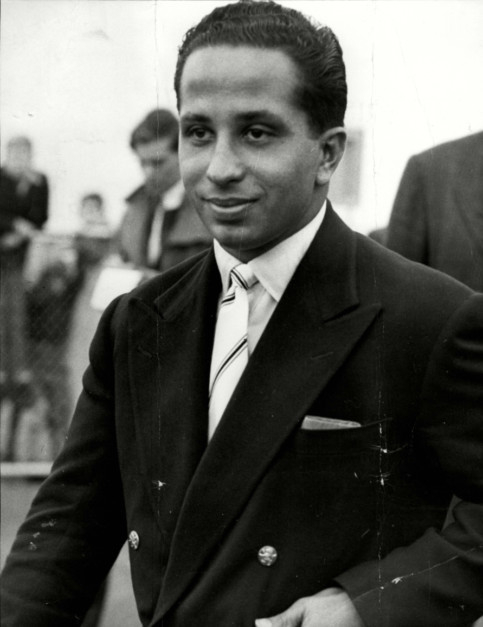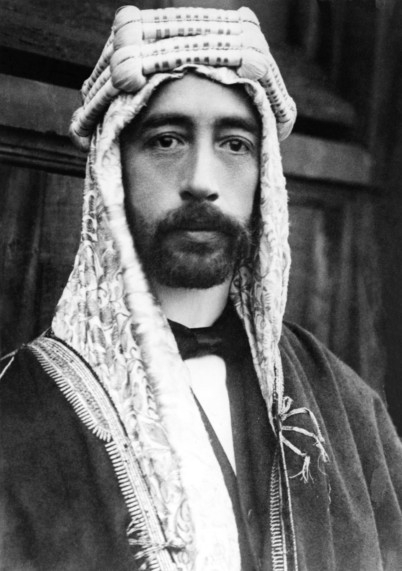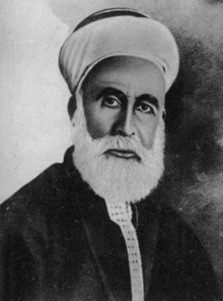
Under the Sykes-Picot Agreement, Mosul in northern Iraq went to colonial France while Baghdad went to Great Britain. At the San Remo Conference of April 1920, Iraq was mandated fully to the British, and so was Palestine, while Syria and Lebanon went to colonial France.
The city of Mosul on the west bank of the Tigris river remained a topic of much debate, although oil there had not yet been discovered. The French and British hammered out a special arrangement, granting 25 per cent of Iraqi oil, along with favourable transfer terms to the French, in exchange for Paris relinquishing control of Mosul over to the British Mandate in Iraq.
In the summer of 1920, a revolt broke out against the British in Iraq, namely along the lower and middle Euphrates and in the north, led by Iraqi Kurds.
By October, the revolt had been crushed and in August 1921, the British gave Iraq its first king, Faisal I, the ex-monarch of Syria who had been expelled by the French 11 months earlier. He ruled until his death in 1933 and the Iraqi throne went first to his son, Ghazi I, and then to his grandson, Faisal II in 1939.
The hallmark of Iraq’s foreign policy in the pre-Saddam Hussain era was the Baghdad Pact, an alliance of pro-western states against the rising threat of Soviet communism. It was created in 1955 between Turkey, Iran, Pakistan, Great Britain, and of course, Iraq, with headquarters in Baghdad. This treaty put Baghdad at dagger’s end with Egyptian President Jamal Abdul Nasser who accused King Faisal II and his Prime Minister Nouri Al Saeed of being “agents of imperialism”.
Nasserism swept Iraq after the Suez Canal War, triggering anti-monarchy demonstrations that were met with suppression, arrests and the declaration of martial law in December 1956. King Faisal II joined a pact with his Jordanian, Saudi, and Moroccan counterparts to stand up to Nasser, promoting “conservatism” as opposed to the Egyptian leader’s “radicalism”.
It was shortlived and collapsed with the bloody revolution of July 1958, when the entire Hashemite family was overthrown by a group of Nasserist Iraqi officers commanded by Abdul Karim Qasim. King Faisal II was shot dead along with his mother, uncle and Al Saeed. A pro-Nasser dictatorship was effected and it lasted until the downfall of Saddam Hussain in 2003. Qasim too was shot and killed, triggering a series of coups and counter-coups, culminating in Saddam’s seizure of power in July 1979.
Saddam started his era as a friend of the world powers. He signed a treaty with the Soviet Union and relied on Soviet advisers and experts. Iraq had extensive economic ties with France, West Germany and the US.In 1980, Saddam declared war against Iran, promising to stop the spread of Khomeinism. He was supported by the US and several Gulf countries. The war continued for eight years, resulting in the death of around 1.7 million people. To raise money for post-war reconstruction, Saddam pushed oil-exporting countries to raise oil prices by cutting back oil production. Kuwait refused, and Saddam invaded and occupied the country on August 2, 1990, declaring it the 19th province of Iraq, thereby sparking the famous international crisis. Six months later, an international military coalition led by the US expelled the Iraqi Army from Kuwait and destroyed much of Iraq’s infrastructure.
In the aftermath of the Second Gulf War, Iraq agreed to abandon all chemical and biological weapons and allow UN observers to inspect sites inside Iraq. Sanctions were imposed on Iraq and oil exports were blocked, greatly damaging the country’s economy and infrastructure. UN organisations estimated that between 500,000 and 1.2 million deaths had been caused by the sanctions, most of the victims under the age of five.
Bush’s successor Bill Clinton maintained economic sanctions on Iraq and in 1998, in response to Saddam’s expelling of the UN inspectors. At the turn of the 21st century, Saddam was accused of developing weapons of mass destruction, and of having ties to Al Qaida and the 9/11 attacks. In January 2002, US president George W. Bush said that Iraq was part of an “axis of evil”. It must be destroyed, he added.A year later, after three weeks of fighting against the Anglo-American armies in April 2003, and less than a century after the creation of modern Iraq, Baghdad fell once more to the invading forces.
Sami Moubayed is a Syrian historian and author of Under the Black Flag (IB Tauris, 2015).











